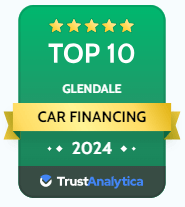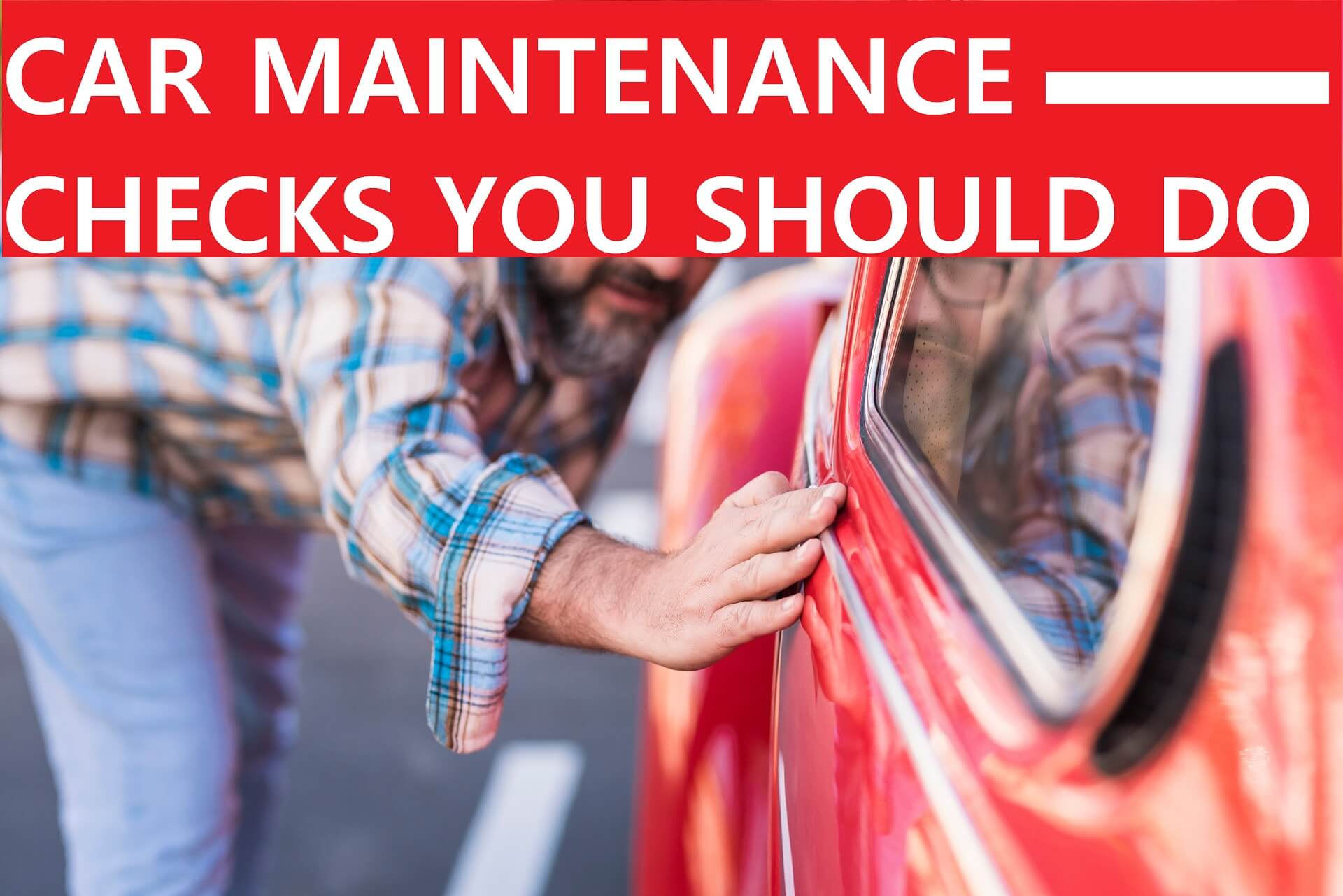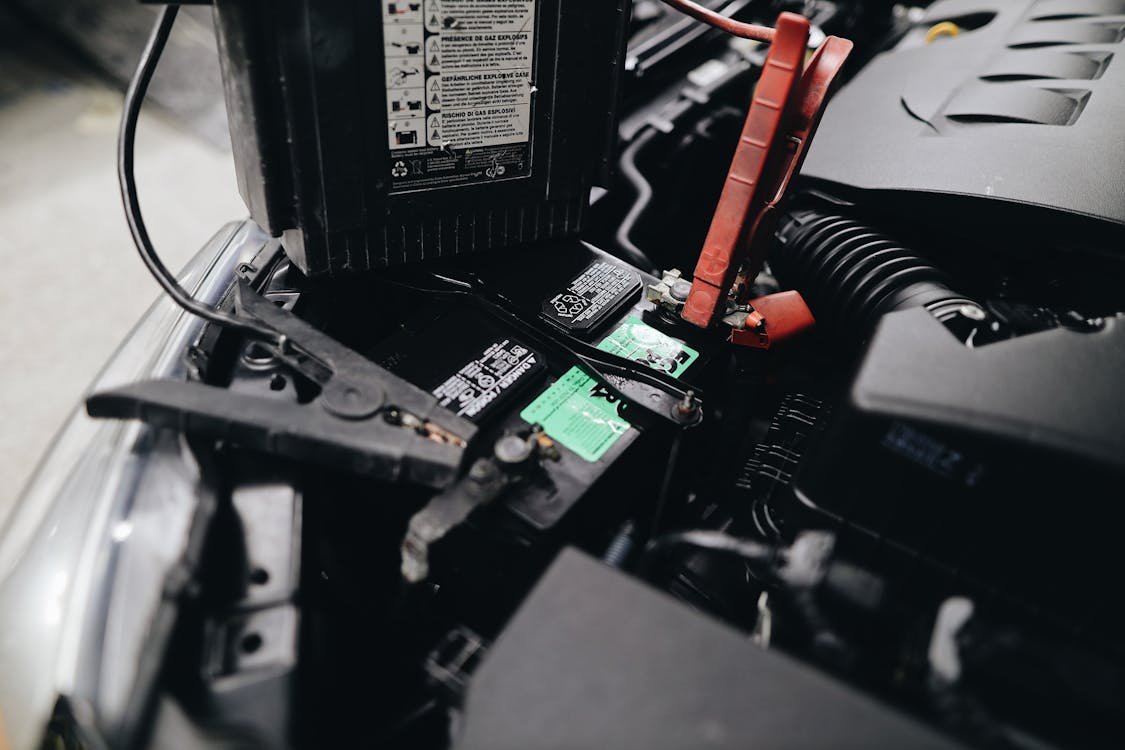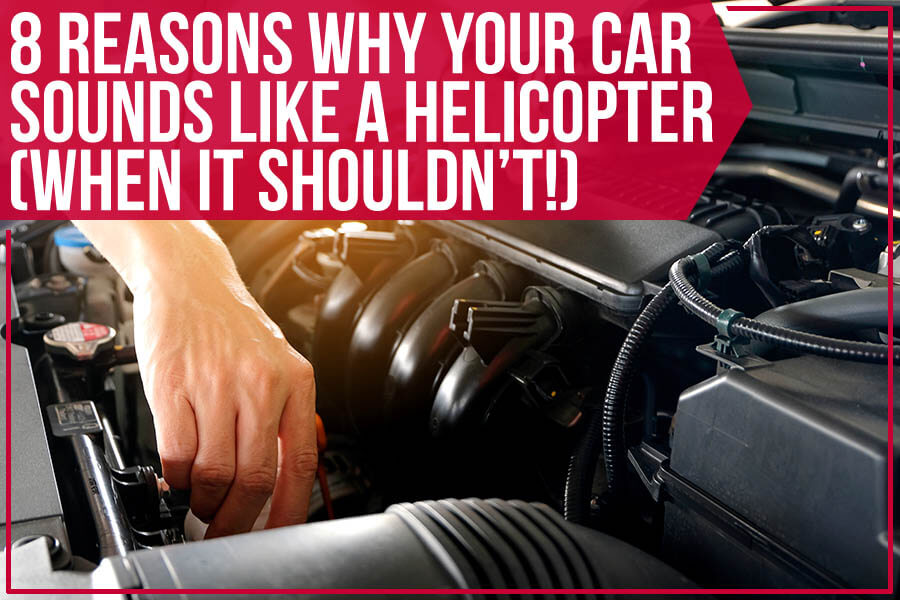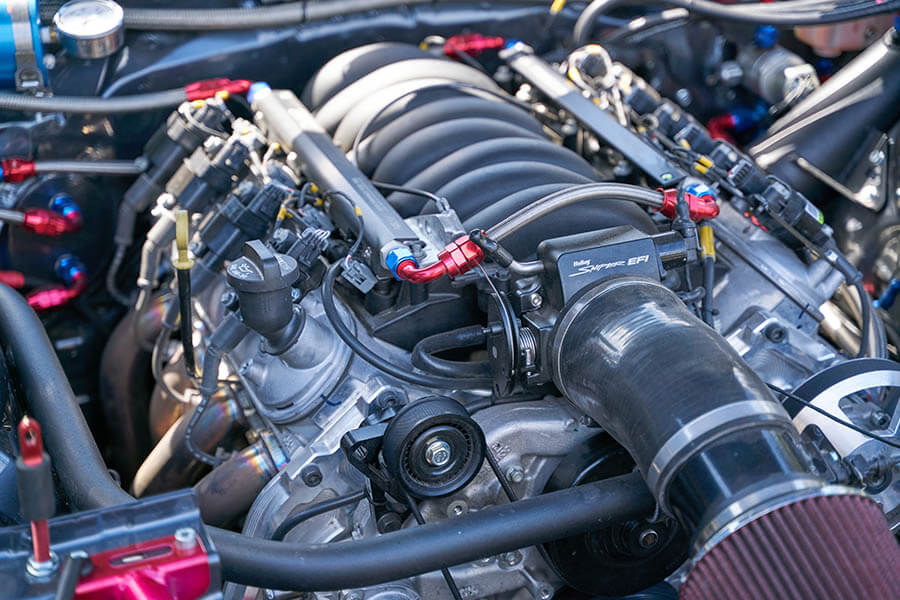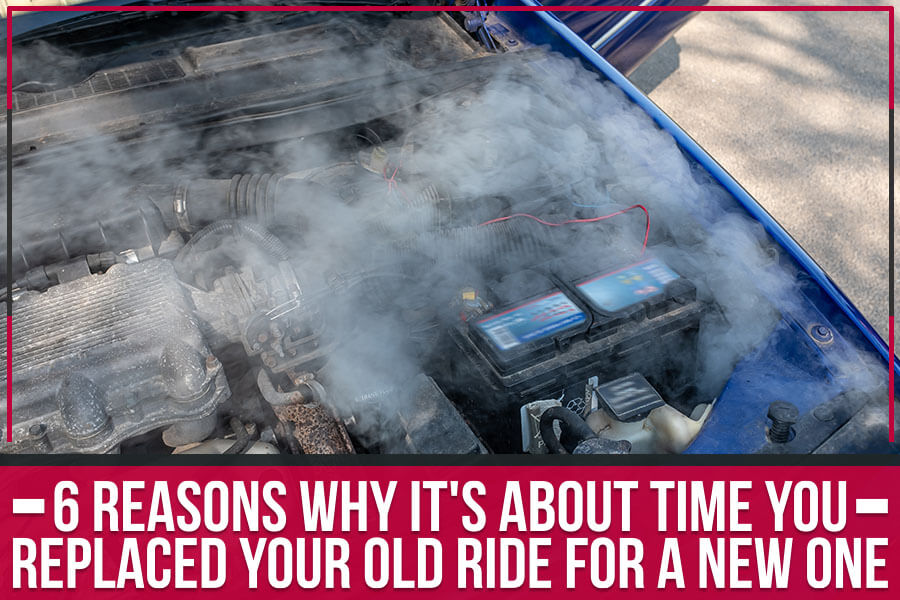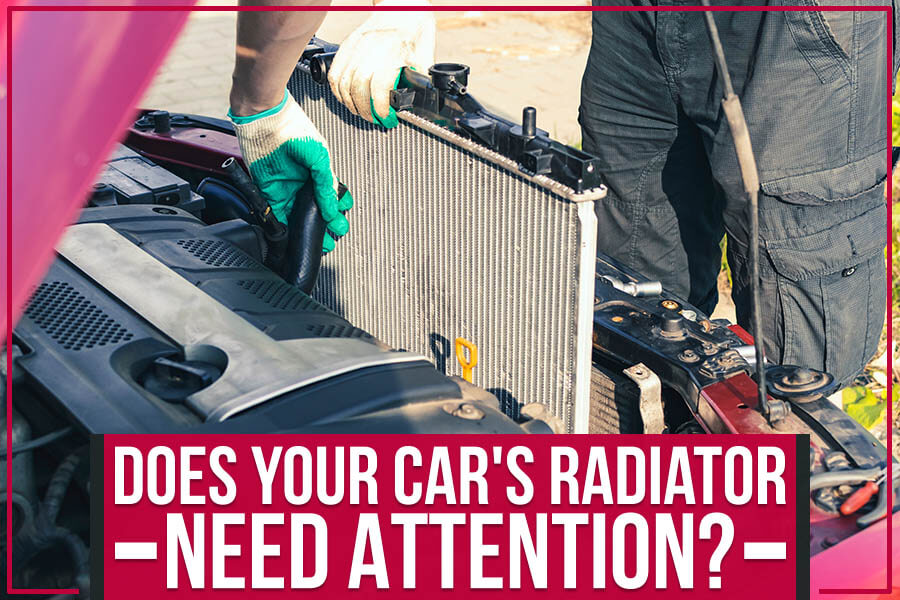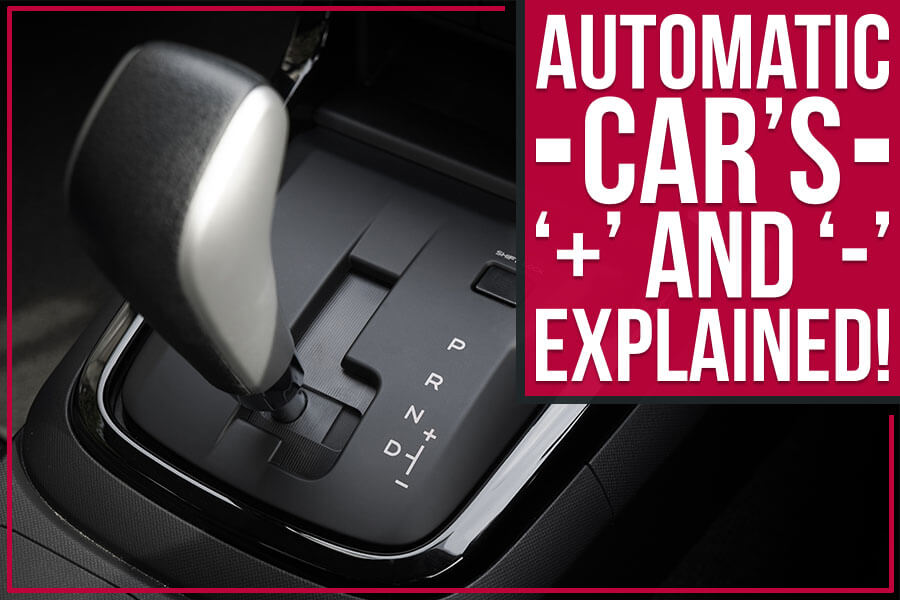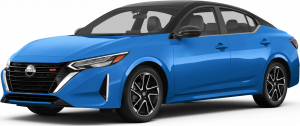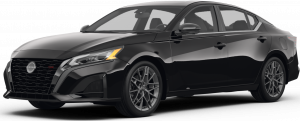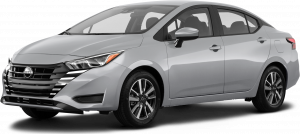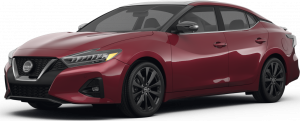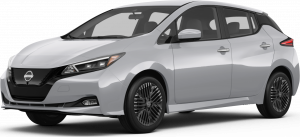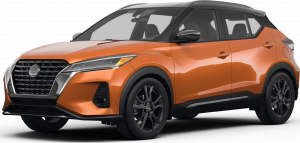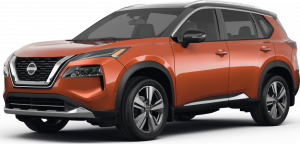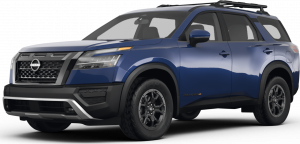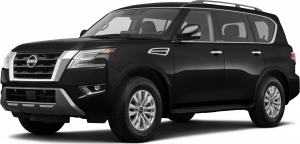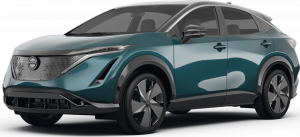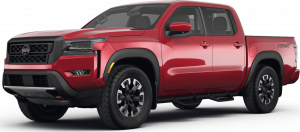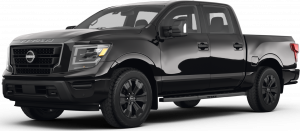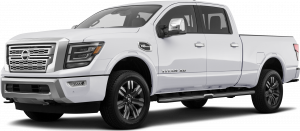Manufacturers recommend that you service your car every year or after 12,000 miles, whichever comes first. But that doesn’t mean you should ignore regular maintenance checks in the meantime. Taking a few minutes every few weeks or before a long road trip to check the condition of your car is a simple and inexpensive way to ensure that it runs smoothly and carries you safely.
Here are 12 important car maintenance checks you should definitely do:
1. Enough Gas
Ensuring that you have enough gas in your tank to make it to the next gas station might sound obvious, but it’s easy to forget. Always make sure your gas levels are at least a quarter-way full before embarking on a journey or taking a road trip. Stop by a gas station if your tank is running low.
2. Tire Pressure and Tread Depth
Always keep your tires inflated to the recommended pressure to ensure that they work efficiently, wear out evenly, and increase fuel economy. There's a sticker usually found on the driver-side doorjamb or in your owner's manual that shows the correct tire pressure. Use a tire gauge to accurately measure your tire pressure, and don’t forget to check the tread depth as well. The legal limit for the minimum tread on a tire is 1.6mm across its entire surface, so make sure you replace any tires that fall below this threshold.
3. Engine Oil Level
Checking the oil level in your car is an important part of car maintenance that can often get overlooked. It's essential to ensure there's enough oil in the engine or else you risk causing damage to it. To do this, simply unscrew the engine oil dipstick and make sure the oil level is above the minimum mark indicated on the dipstick.
4. Coolant Level
A car's coolant system is responsible for keeping the engine from overheating, so it's important to make sure your coolant levels are at the right amount. To check this, locate the coolant reservoir and use a dipstick or gauge to measure its level. Make sure the level is between maximum and minimum markers; if not, then top up with coolant.
5. Electronics
There are a lot of electronics that keep your car running safely. These include headlights and indicators, as well as more sophisticated systems like cruise control and ABS. Make sure all of these are in working order by checking that the headlights turn on and off, the indicator lights work properly when you use your signals, etc.
6. Screen Wash
You should also check the level of your screen wash regularly. This is important as it helps to keep your windscreen clean while you are driving and allows you to see clearly in all weather. Check the amount left in the reservoir and top up accordingly with a good quality washer fluid.
7. Engine Air Filter
The engine air filter should be inspected and possibly replaced routinely, depending on the type of vehicle you drive. An old or clogged air filter can reduce your car’s performance and cause unwanted pollution in the air. Check with your owner’s manual to find out how often you need to change it.
8. Brake Fluid
Brake fluid is used to power the braking system and should be checked on a regular basis. You can check the level of your brake fluid by referring to your owner’s manual, or by looking for a translucent reservoir near where the brakes are located in your car. If it’s low, top up with new brake fluid as needed.
9. Spark Plugs
Spark plugs are essential for smooth engine performance and should be checked regularly. When they become worn out, they can cause misfiring and poor acceleration of your vehicle. The spark plug gaps will need to be adjusted if they become too wide or too tight. Check with your owner's manual to know if it’s time to replace your spark plugs.
10. Wheel Alignment
Wheel alignment is an often overlooked maintenance item, but it's important for the safe operation of your vehicle and should be checked regularly. Poor wheel alignment can cause excessive wear on tires, reduce fuel efficiency and make your car harder to control when cornering or at high speeds. Make sure to have your wheels aligned by a professional when needed.
11. Wash & Wax
Washing and waxing your vehicle is an important part of exterior maintenance. Regularly washing off dirt, debris and other contaminants will help keep your car looking shiny and new. It’s also important to apply a coat of wax every few months to protect the paint from fading and deterioration due to weather conditions.
12. Interior Care
The inside of your car needs some love too! Vacuuming out the interior and treating it with a quality conditioner every few months can help keep your car looking great. Also, make sure to check your carpets for any signs of wear or damage that may need to be repaired or replaced. Taking care of these minor issues will ensure a comfortable ride for you and your passengers.
Partner With a Reliable Auto Repair Shop
While you can definitely do some of the maintenance checks yourself, it’s important to partner with a reliable auto repair shop for more technical and complex issues. An experienced mechanic can help diagnose problems quickly and provide the necessary repairs and replacements that will keep your vehicle running smoothly and efficiently. Contact Glendale Nissan to learn more about our services and schedule an appointment today.

